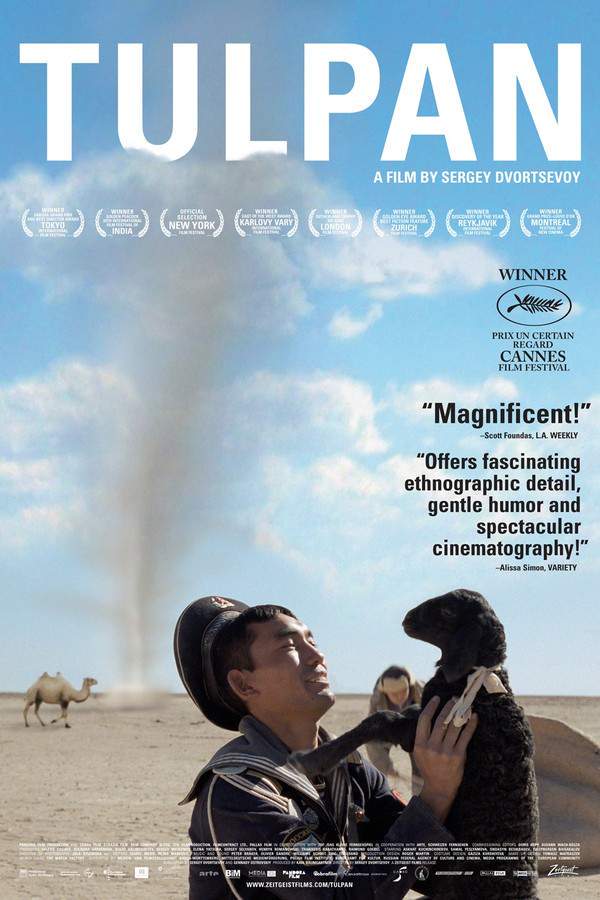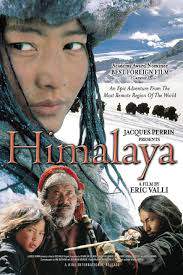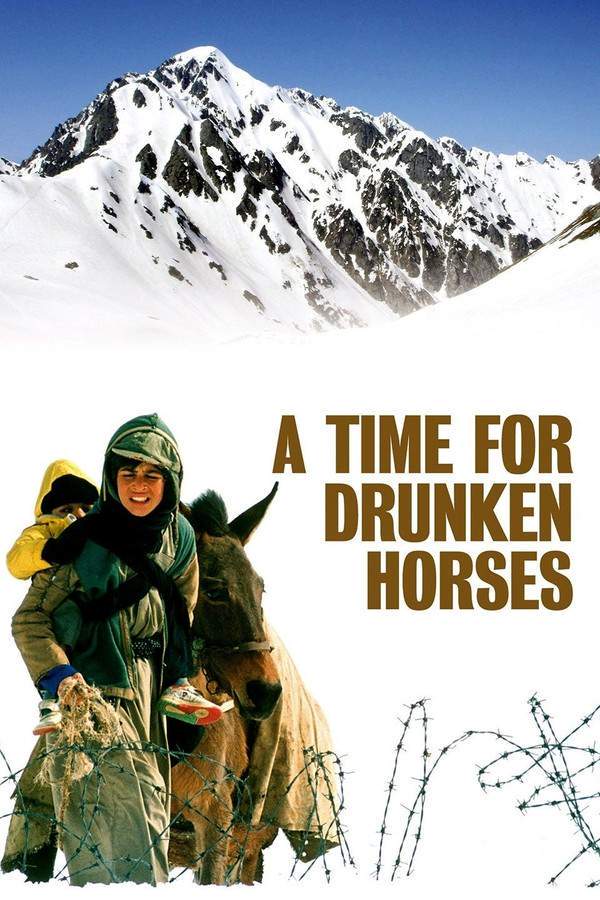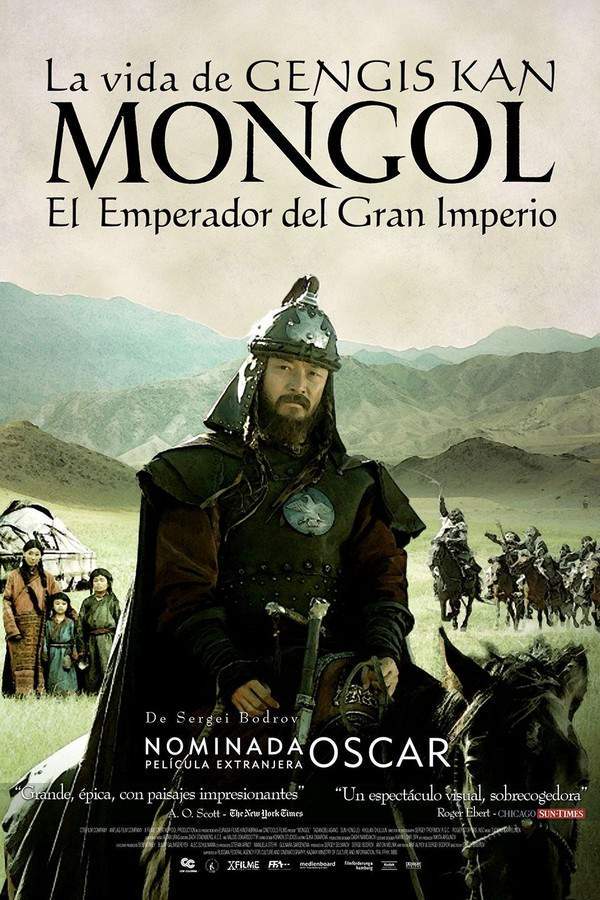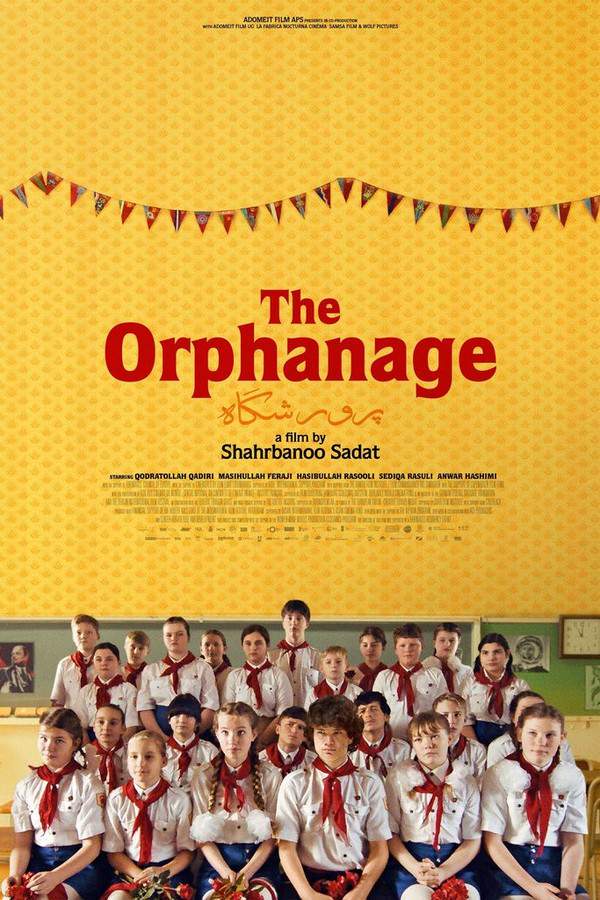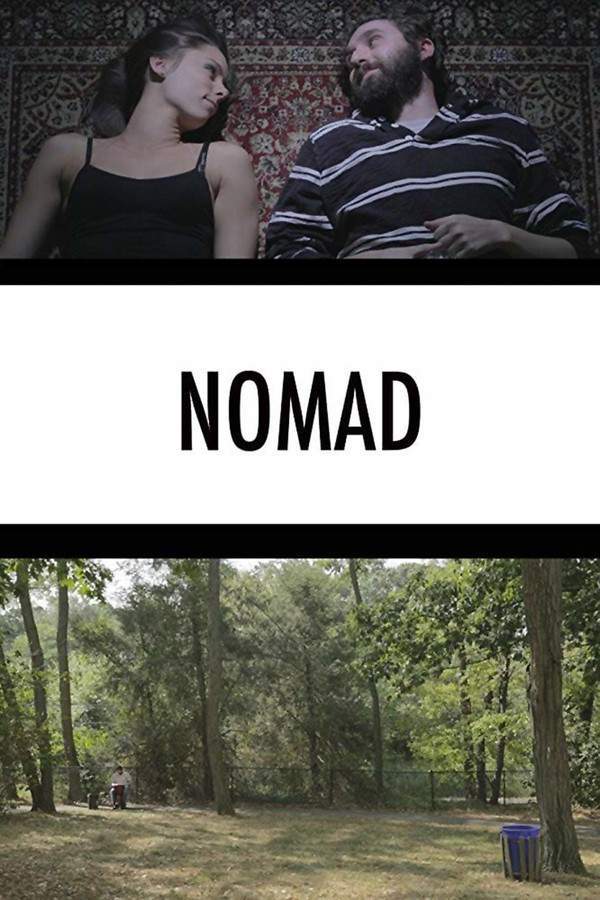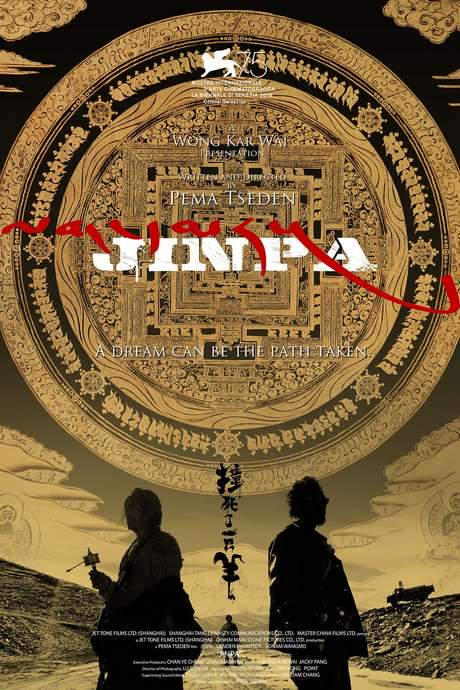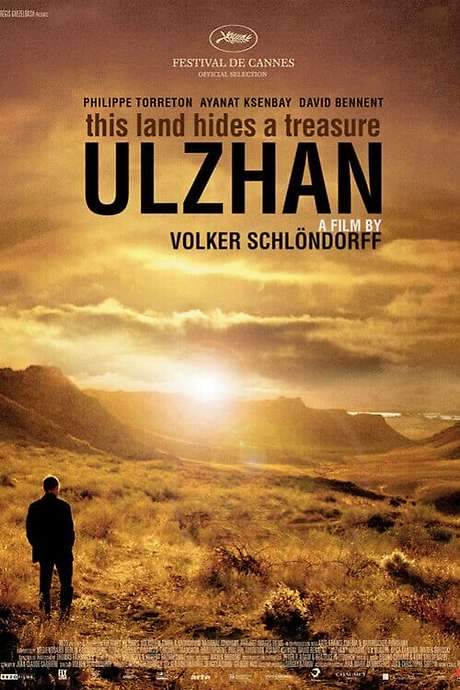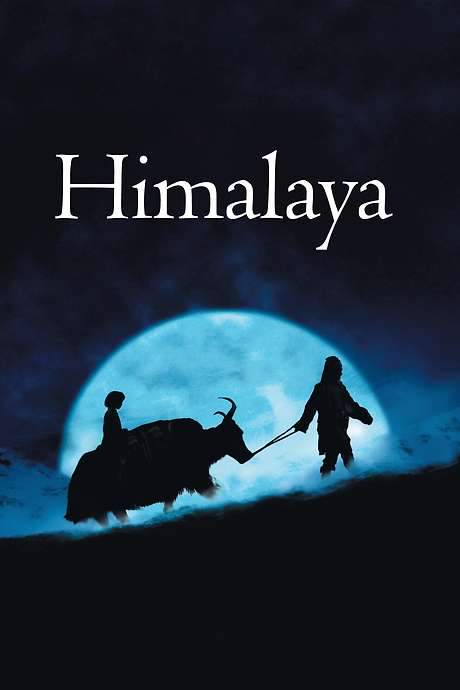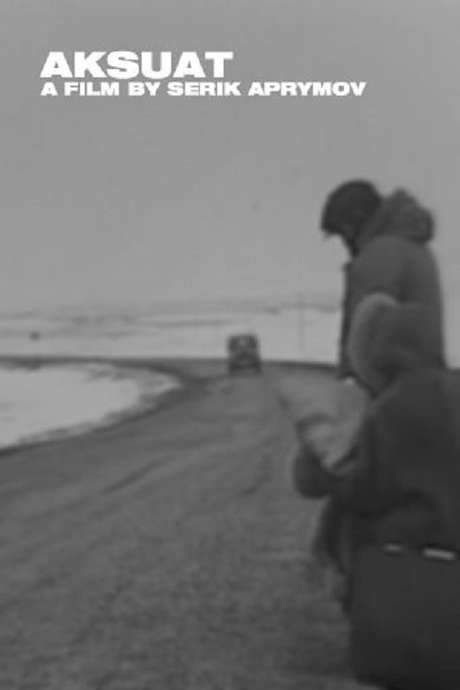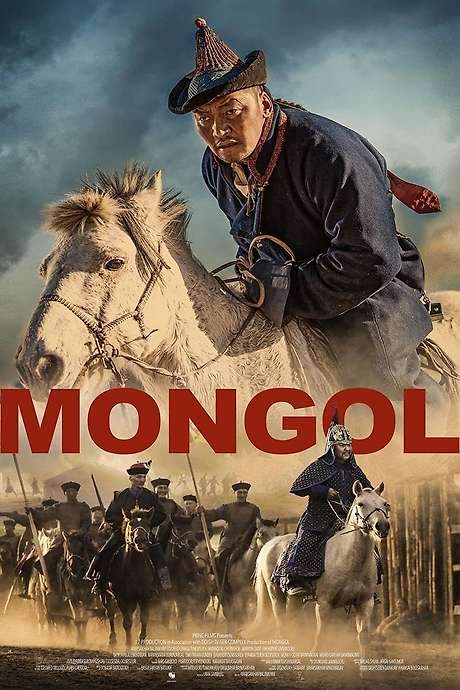Khadak 2007

Set on Mongolia's vast, frozen steppes, young Bagi is destined to become a shaman, embracing an age-old tradition. However, when a deadly plague sweeps across the land, nomadic communities are displaced and forced to seek refuge in harsh mining towns. Amidst the upheaval, Bagi’s path crosses with Zolzaya, a defiant coal thief, leading them on a perilous journey to discover the source of the sickness. Their quest ignites a rebellion that challenges the established order and threatens to reshape their world.
Does Khadak have end credit scenes?
No!
Khadak does not have end credit scenes. You can leave when the credits roll.
Meet the Full Cast and Actors of Khadak
Explore the complete cast of Khadak, including both lead and supporting actors. Learn who plays each character, discover their past roles and achievements, and find out what makes this ensemble cast stand out in the world of film and television.
No actors found
External Links and Streaming Options
Discover where to watch Khadak online, including streaming platforms, rental options, and official sources. Compare reviews, ratings, and in-depth movie information across sites like IMDb, TMDb, Wikipedia or Rotten Tomatoes.
Ratings and Reviews for Khadak
See how Khadak is rated across major platforms like IMDb, Metacritic, and TMDb. Compare audience scores and critic reviews to understand where Khadak stands among top-rated movies in its genre.

53
Metascore
3.8
User Score


71%
TOMATOMETER

70%
User Score

6.9 /10
IMDb Rating

64
%
User Score
Take the Ultimate Khadak Movie Quiz
Challenge your knowledge of Khadak with this fun and interactive movie quiz. Test yourself on key plot points, iconic characters, hidden details, and memorable moments to see how well you really know the film.
Khadak Quiz Challenge: Test your knowledge on the profound and mystical film 'Khadak' from 2007.
What number does Zolzaya count three times at the beginning of the film?
Ten
Eleven
Twelve
Thirteen
Show hint
Full Plot Summary and Ending Explained for Khadak
Read the complete plot summary of Khadak, including all major events, twists, and the full ending explained in detail. Explore key characters, themes, hidden meanings, and everything you need to understand the story from beginning to end.
The film opens with a poignant scene of a young woman named Zolzaya (Tsetsegee Byamba) as she stares deeply into the camera and counts to twelve, repeating the number three times before tears fill her eyes. Meanwhile, Bagi (Batzul Khayankhyarvaa) is listening closely as a woman recounts his personal history. She shares that before his birth, each citizen received fresh apples weekly, distributed from the skies by pilots as part of a revered tradition in their community. One of those pilots was Bagi’s father, and the postal worker was Bagi’s mother. She speaks with a heavy heart, noting how Bagi’s father was never meant to fly, suggesting a predestined path he denied.
As the narrative unfolds, we are transported to various striking visuals: a lone blue ribbon tied around a tree, fish gliding beneath the ice of a small lake, and Bagi’s interactions with his family members, including his grandfather (Banzar Damchaa), his mother (Dugarsuren Dagvadorj), and a shamaness (Tserendarizav Dashnyam) whose arrival is awaited after a troubling episode involving Bagi. In a moment of crisis, after experiencing a seizure while searching for a missing sheep, the shamaness intervenes. Her ethereal presence guides him on a mystical journey where she echoes words filled with ancient wisdom.
As the film progresses, the harsh reality sets in when an army jeep arrives, insisting the family evacuate due to a dangerous plague. Bagi’s family is forced to leave their homeland and their beloved pony amidst rising tensions and grief. Bagi’s poignant farewell to his pony, “under the sky, upon the earth, only the wind can ride you now,” embodies the heartbreaking nostalgia of their displacement.
The following sequences showcase Bagi’s struggle to adjust to life in a coal mining community, as he navigates loss, hardship, and his family bonds with his grandfather, who reminisces about their shared dreams and heritage. The shamaness remains a haunting reminder of the cultural connections they are losing.
Amidst this turmoil, Bagi experiences fleeting moments of joy, such as when he rescues Zolzaya from being buried alive under a pile of coal. Their journey intertwines as they navigate the challenges of their new lives, with Zolzaya’s hope shining through their trials and the belief that her brother will come to save her.
Bagi is tormented by visions of the past and the burdens of his ancestors, the shamaness’s presence remaining a constant guiding force. His connection to Zolzaya grows as they manifest their desires for freedom, resisting societal constraints and reviving the spirits of their homeland.
In a climactic scene, Zolzaya and Bagi lead their fellow prisoners in the defiance of their captors using mirrors to blind the soldiers, illustrating their fervent wish for liberation. The subsequent turmoil reveals the community’s strength as they reclaim their lost animals, echoing themes of survival and unity.
The film culminates in a powerful gathering around the tree adorned with blue ribbons, where Zolzaya experiences a moment of transcendence, tying her heart to her heritage as she finds solace in Bagi’s unwavering support. The powerful imagery and emotional resonance throughout the film culminate in a vivid exploration of identity, legacy, and the unbreakable bonds of family, even in the face of destruction. The poignant recounting leaves a lingering impression of hope and resilience against a backdrop of despair.
Uncover the Details: Timeline, Characters, Themes, and Beyond!

Coming soon on iOS and Android
The Plot Explained Mobile App
From blockbusters to hidden gems — dive into movie stories anytime, anywhere. Save your favorites, discover plots faster, and never miss a twist again.
Sign up to be the first to know when we launch. Your email stays private — always.
Discover Film Music Concerts Near You – Live Orchestras Performing Iconic Movie Soundtracks
Immerse yourself in the magic of cinema with live orchestral performances of your favorite film scores. From sweeping Hollywood blockbusters and animated classics to epic fantasy soundtracks, our curated listings connect you to upcoming film music events worldwide.
Explore concert film screenings paired with full orchestra concerts, read detailed event information, and secure your tickets for unforgettable evenings celebrating legendary composers like John Williams, Hans Zimmer, and more.


Khadak Themes and Keywords
Discover the central themes, ideas, and keywords that define the movie’s story, tone, and message. Analyze the film’s deeper meanings, genre influences, and recurring concepts.
Khadak Other Names and Titles
Explore the various alternative titles, translations, and other names used for Khadak across different regions and languages. Understand how the film is marketed and recognized worldwide.
Similar Movies To Khadak You Should Know About
Browse a curated list of movies similar in genre, tone, characters, or story structure. Discover new titles like the one you're watching, perfect for fans of related plots, vibes, or cinematic styles.
Quick Links: Summary, Cast, Ratings, More

What's After the Movie?
Not sure whether to stay after the credits? Find out!
Explore Our Movie Platform
New Movie Releases (2026)
Famous Movie Actors
Top Film Production Studios
Movie Plot Summaries & Endings
Major Movie Awards & Winners
Best Concert Films & Music Documentaries
Movie Collections and Curated Lists
© 2026 What's After the Movie. All rights reserved.













